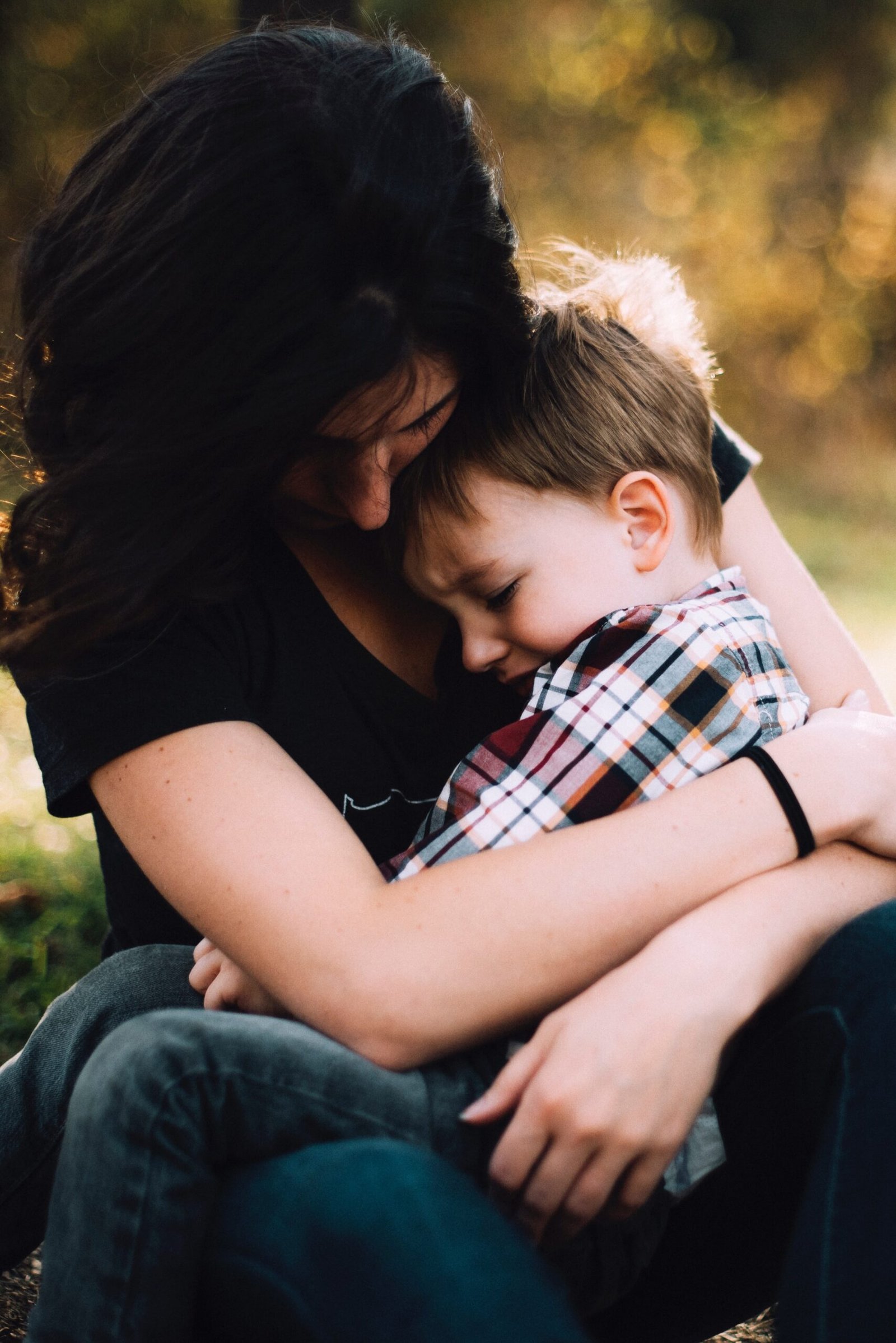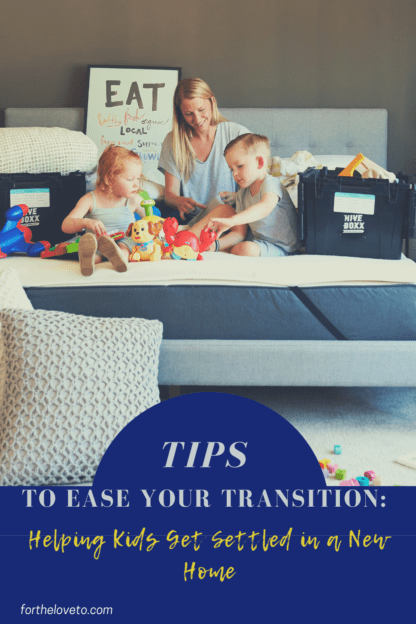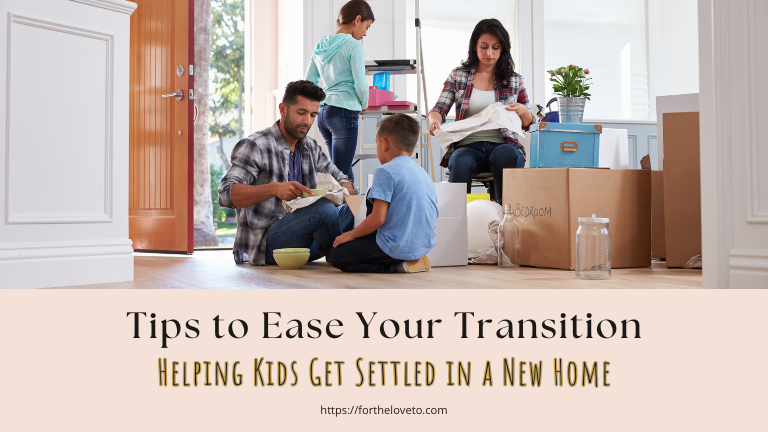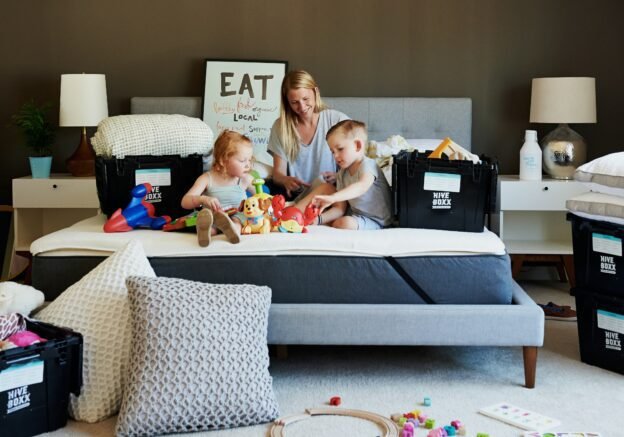Moving is one of the top life stressors and ranks somewhere behind the death of a spouse and divorce. But though the process of moving is stressful it is sometimes a necessity for families to relocate to a new home. Even during the sellers market, such as the one we are in now, homebuyers are searching for their next home. Navigating the process of moving, while difficult for adults, can be downright scary for children. To lessen their stress, try a few of these tips to ease your transition and can help your children adjust to a new home.
Tips to Ease Your Transition: Helping Kids Get Settled in a New Home
Be Prepared for Varied Emotions
Your son seemed thrilled to move when you talked about it yesterday, but today he is moping around the house and acting extremely irritated when you mention moving. What happened? Nothing happened, he is just slowly processing the pros and cons of moving in his own way. Don’t try to negate these emotions, instead help your child process through them. Give them the freedom and the space they need. Acknowledge and validate the wide range of emotions they are feeling by listening to and supporting them. If moving slightly out of town, then it’s important to ensure you have wifi set up ready for when you move so the children can be kept entertained. There are plenty of rural internet options out there, designed to make life easier when moving that little further afield.

Keep Communication Open
The last thing you want your children to do is bottle up their emotions as this will later cause them to act out or feel unheard. Instead, keep the lines of communication open with your children. Small activities can really help your child process how they feel. For instance, aim to have family dinner (even if it is on the floor because the kitchen table is packed in the moving truck) or establish a talking time where everyone gets to speak. Some children are better able to explain their emotions through play. For instance your daughter may really open up if you go on a walk or your son may be better able to communicate when he is painting a picture. Whatever gets the feeling comfortable and able to speak freely is what you need to do.
Work While They Sleep
If you children are getting stressed out over moving, there’s no need to make things worse by packing in front of them. Instead, pack at night when they fall asleep or during their nap time. Decluttering is a vital part of moving but it does mean getting rid of items. If you have to declutter, try to do it when your children are not around, especially if you are decluttering their bedroom or toy room.
Pack a ‘Favorites’ Bag or Box
Removing souvenirs and mementos from your room may not feel like a big deal because you are an adult and you know they will be at the new house waiting for you. But to a child, the concept of their favorite items being packed away is much more uncertain. To make your little ones more comfortable with moving, pack their favorite items into a special bag or box. Let them choose favorite toys, stuffed animals, blankets, books, clothes, or pajamas to put in their special bag or box. You can also let them put the bag or box in the car rather than in the moving truck.
Make Moving Day Peaceful
Moving day can be stressful and long but you can reduce the emotional anxiety for your children by keeping things as peaceful as possible. If you have the option to send your children off to a friend or family member’s house for the day you should do that. It will make it easier for you to get your items moved without worrying about your children. Getting someone to watch your children isn’t always possible. If this is the case for you, consider getting extra help from professional movers or rent your moving truck for an extra day so moving day is not as stressful.
Get Back to Your Routine
It’s easy to fixate on decorating your new home and neglect basic day-to-day routines. But your children will transition to their home quicker if they have the comfort of their usual routine to rely on. Try to keep breakfast, lunch, and dinner at the same time. The same is true for bedtime and nap time. Any sense of normalcy will help the transition process.
Tour the Neighborhood
One of the best ways to acclimate to a new space is to get familiar with new surroundings. In your new home, that means the surrounding neighborhood. Take a tour of the surrounding neighborhood with nightly walks and visits to the closest park, library, and restaurants. During your walks, visit with new neighbors and find possible playmates for your children. If you are moving to a completely new area or somewhere across the country, you can ask your real estate agent to make a list of neighborhood attractions for you and your family.
Transitioning to a new home may take your children time. With a bit of extra care, open communication, and time they will eventually transition. As long as you set a positive tone and stay patient your family will come around and begin to love their new home.

Thank you for supporting my blog! Please note that this post contains affiliate links, and I may receive payments for clicks, purchases, and/or registrations made through these links. It’s important to mention that ForTheLoveTo.com is a proud participant in the Amazon Services LLC Associates Program, an affiliate advertising program designed to provide a means for sites to earn advertising fees by advertising and linking to Amazon.com. Your support enables me to continue creating valuable content, and I genuinely appreciate it.

Discover more from For The Love To
Subscribe to get the latest posts sent to your email.





Some great information we are planning to move soon your tips will be so helpful ❤️